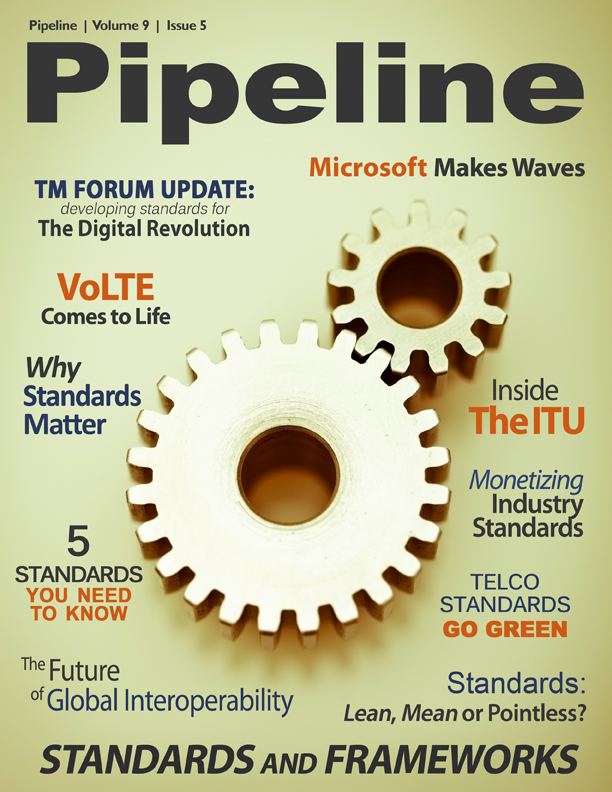5 Standards That Will Change the Future
From an OSS and BSS perspective, ANDSF increases the requirements for policy management. Companies like Tekelec, Openet, and Alcatel-Lucent offer policy management solutions with ANDSF that permit service providers to take full advantage of Wi-Fi.
IPv6
There is tremendous buzz around Machine to Machine (M2M) these days, and for good reason: as the “Internet of things” goes online we will see not
only Jetsons-like technical advancements but considerable market opportunities for all of the players in the M2M value chain. On the other hand IPv6, the latest Internet addressing standard, hasn't quite generated the same amount of popularity. It could be that the name itself
sounds like an experimental drug treatment, but to say that IPv6 is one of the most important acronyms in connectivity is an understatement. Quite simply, the Internet of things doesn't happen
without IPv6. Every M2M device requires a unique IP address in order to connect to the world and leverage its smarts. The signaling from a traffic camera must be routed into a traffic control
system, not a smart meter or an aware appliance, so these modules must have their own identifier. The problem is, there are no more name tags left under the old system, IPv4, and we'll need many
billions more in the coming years to make M2M a reality.
Enter IPv6 and its staggeringly large pool of IP addresses. Whereas IPv4 provides for around 4.3 billion unique addresses, IPv6 delivers 4.8Ă—1028 unique addresses per person currently alive on
the planet, or enough address capacity to assign a unique IP to every atom
on the surface of the earth, and still has enough left over for a hundred more planets.
The Internet Engineer Task Force (IETF) is the champion behind the standard, and has been urging the wholesale transition to IPv6 for some time. The main problem? "The biggest weakness of
IPv6 is its incompatibility with IPv4,” says the IETF.
The Regional Internet Registry (RIR) announced in September that IP addresses in Europe, the Middle East, and parts of APAC are exhausted. The RIR urged a rapid transition to IPv6, saying, "It is
now imperative that all stakeholders deploy IPv6 on their networks to ensure the continuity of their online operations and the future growth of the Internet."
Today, many CSPs are in the process of moving to a native IPv6 environment and are using various translation techniques to ensure service continuity in the meantime. But sooner than later all
communication devices will be running IPv6.
Unified LTE
The WiMAX vs. LTE battle has been effectively decided by the market, with most large wireless service providers voting for 4G LTE. However, the Holy Grail of network convergence isn't LTE plus
WiMAX but rather LTE plus LTE, because not all LTE is the same. There are two main varieties of LTE being deployed around the world: FD-LTE and TD-LTE. The way in which the two technologies
manage downstream and upstream data is the main difference between the two, and why they lack native interoperability.
FD-LTE, or Frequency Division Duplex LTE, predominates in North America and Europe. It uses separate, paired spectrum to handle two-way signaling and requires a diplexer to separate upstream from
downstream transmissions. Furthermore, the capacity is static and determined by the frequency allocation.
TD-LTE, or Time Division Duplex LTE, was developed in China (soon to be the largest mobile market in the world) and transmits and receives over the same channel. Therefore, it does not require
paired spectrum, and the upstream and downstream capacity is dynamic.



















